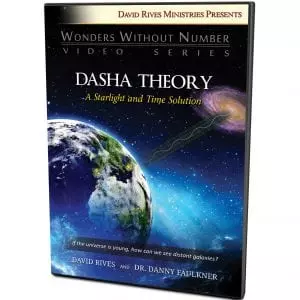When most of us think about light, we think about how it lets us see. But beyond that, there is a beautiful spectrum to light. Think of a rainbow or a prism where light is broken up into red, orange, yellow, green, blue, indigo, and violet. That’s the visible spectrum but, of course, that’s not all there is to light.
There’s also gamma rays, x-rays, ultraviolet radiation—most of us use sunglasses for that—then you’ve got infrared, microwaves (think the millimeter-wave scanner you go through at the airport – that’s right), and ending with the far end of radio waves and such. Together these are referred to as the electromagnetic spectrum. The study of how light interacts with matter is called spectroscopy.
Yes, if you didn’t know that it’s a scientific field, I’ll tell you right now— it’s an important one, especially for astronomy. You see, we use this branch of science to study the internal structure of matter. You can take the light a material absorbs, emits, or reflects and break it down into its parts using a spectrometer. When you do this, you end up with an emission or absorption spectrum. And this spectrum is as unique to a certain material as your fingerprints are to you.
So how does this help us? Well, it means we can measure the emission or absorption spectrum of an object in deep space and determine what it’s made of. Here’s what I think is fascinating: We can’t physically bring distant exoplanets, comets, stars or nebula to earth to observe and study. But we can study how they interact with light, what’s absorbed, what’s emitted, or what’s reflected, and, from that, we can determine a whole lot about the make-up of distant objects. And that’s pretty cool!
God has given an amazing array of tools we can use to study the world around us. And we can do this because our universe is orderly and obeys certain natural laws. we can do this because the electromagnetic spectrum is useful when observing the color of a rose, when sending radio messages over airwaves, and when photographing a galaxy in the far reaches of the cosmos. We wouldn’t expect that if everything is the result of random, chance processes. But it’s exactly what we’d expect if our universe was created by God and we were designed to explore and study it, for His glory.
I’m David Rives…Truly the heavens declare the glory of God.
LIKE David’s FB page here:
FOLLOW us on Twitter: http://twitter.com/TheDavidRives
VISIT our official website for tons of free information: http://www.davidrivesministries.org
David Rives MUSIC: http://www.davidrivesmusic.com
For the TBN show “Creation in the 21st Century”: http://www.creationinthe21stcentury.com
Dasha Theory: A Starlight and Time Solution | David Rives & Dr. Danny Faulkner | Wonders Without Number
One of the most puzzling questions in astronomy: If the universe is relatively young – thousands of years – and stars are millions of light years away, wouldn’t it have taken the light from those stars millions of years to reach Earth? …and doesn’t this “PROVE” the Big Bang?
relatively young – thousands of years – and stars are millions of light years away, wouldn’t it have taken the light from those stars millions of years to reach Earth? …and doesn’t this “PROVE” the Big Bang?
Do creationists have a problem with distant starlight?
Actually, starlight and time is a major problem for Big Bang cosmology. While Young Universe Cosmology doesn’t provide all the answers, a careful examination of the Hebrew word “Dasha” as found in the creation account might hold the key to understanding this dilemma.
Learn more about this DVD here





